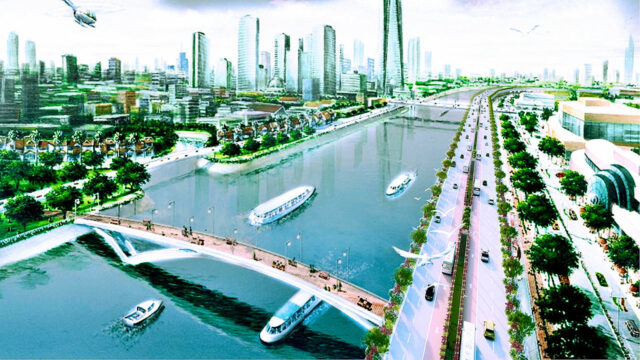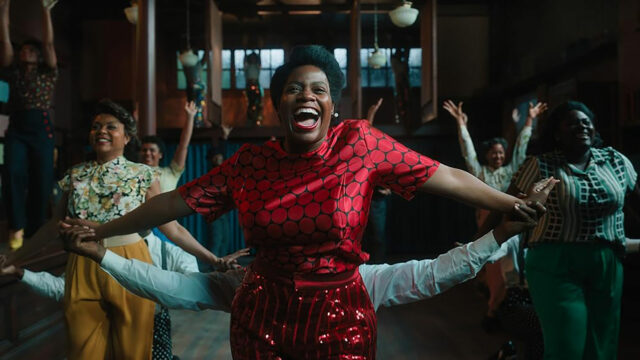Looking back at the women of The Flor Contemplacion Story

CCP Cine Icons celebrates anniversary during women’s month
IN the 1995 film The Flor Contemplacion Story, the titular domestic worker Flor, played by Nora Aunor, and her husband’s mistress Neneng, played by Jaclyn Jose, are initially at odds with each other. But they are both victims in the story, having been fooled by one man.
The film later shows Neneng taking up a role at the front lines of the rallies advocating for Flor’s freedom, while Flor herself never stays quiet up until she is put to death for alleged murder.
Ricky Lee and Bonifacio Ilagan, the film’s writers, look back at the story as one which unfortunately mirrors the lives of Filipino women to this day.
“We were very conscious to show that, even if it is a real-life, personal story where the women are victims, all the women involved have a voice,” Mr. Lee said after a March 15 screening at the GSIS Theater in Pasay City, which was part of the Cine Icons program of the Cultural Center of the Philippines (CCP).
Since Cine Icons’ first anniversary coincided with International Women’s Month, The Flor Contemplacion Story was chosen for its feminist themes.
Directed almost 29 years ago by Joel Lamangan, it was based on the true story of a female overseas Filipino worker (OFW) in Singapore who was sentenced to death for allegedly killing a fellow maid and the child under her care.
“The women in the story were victimized by their circumstances, by the people around them, but they never lost their voice, even the mother-in-law and the women rallying,” said Mr. Lee, whose works are being brought back to big screens as a National Artist for Film.
Beverly “Bebang” Siy, an author who also graced the screening and its talkback session, quoted a powerful line that Flor said to her children.
“Babalik ako sa Singapore dahil ayoko maging alipin kayong mga anak ko, dahil gusto ko baguhin ang mga buhay ninyo. (I will go back to Singapore because I don’t want you, my children, to be slaves, because I want to change the course of your lives),” she recalled.
This is a sentiment that many women have, not just for their children, but the people around them. It is “evidence of the great sacrifice of women for their families and for their country,” Ms. Siy said.
She also commended Mr. Lee’s work as National Artist, for uplifting the voices of all the characters in his scripts, and, by extension, the women and Filipinos that they represent in society.
Mr. Lee explained that his role as a writer is to be “faithful to the truth,” no matter the gender.
“I attribute the themes in my works to osmosis with other writers, the likes of Bebang Siy or Moira Lang. May nahihigop ako sa mga kapwa ko (I absorb a lot from my peers), which is why I choose the company that I keep,” he said.
Most importantly, the Filipino people as a whole should always be an important character, added political activist Mr. Ilagan, who co-wrote the film.
“Napakahirap dati mag-organize ng mga migrante. Dahil sa kaso ni Flor, ang bilis na ng pagka-organisa nila at ng mga pamilya nila dito. (It used to be very difficult to get migrant workers to organize. Because of Flor’s case, they and their families here at home began organizing faster),” he said.
This awakening of the Filipino people to the plight of OFWs marked a triumphant end to the tragic story. Mr. Ilagan noted that many Filipinos are against the labor export policy, though it remains the norm to this day.
The audience at the screening, many younger or about the same age as the film, found the ending sad, but Mr. Lee maintained that it is bittersweet.
“It was the end of Flor Contemplacion, but it was also the beginning of many voices rising against the victimization of women, and of Filipinos,” he said.
For updates on the next films to be shown for Cinema Icons and other film programs, follow the official CCP and CCP Film, Broadcast, and New Media Division social media accounts on Facebook, Twitter, Instagram, TikTok, and YouTube. — Brontë H. Lacsamana












